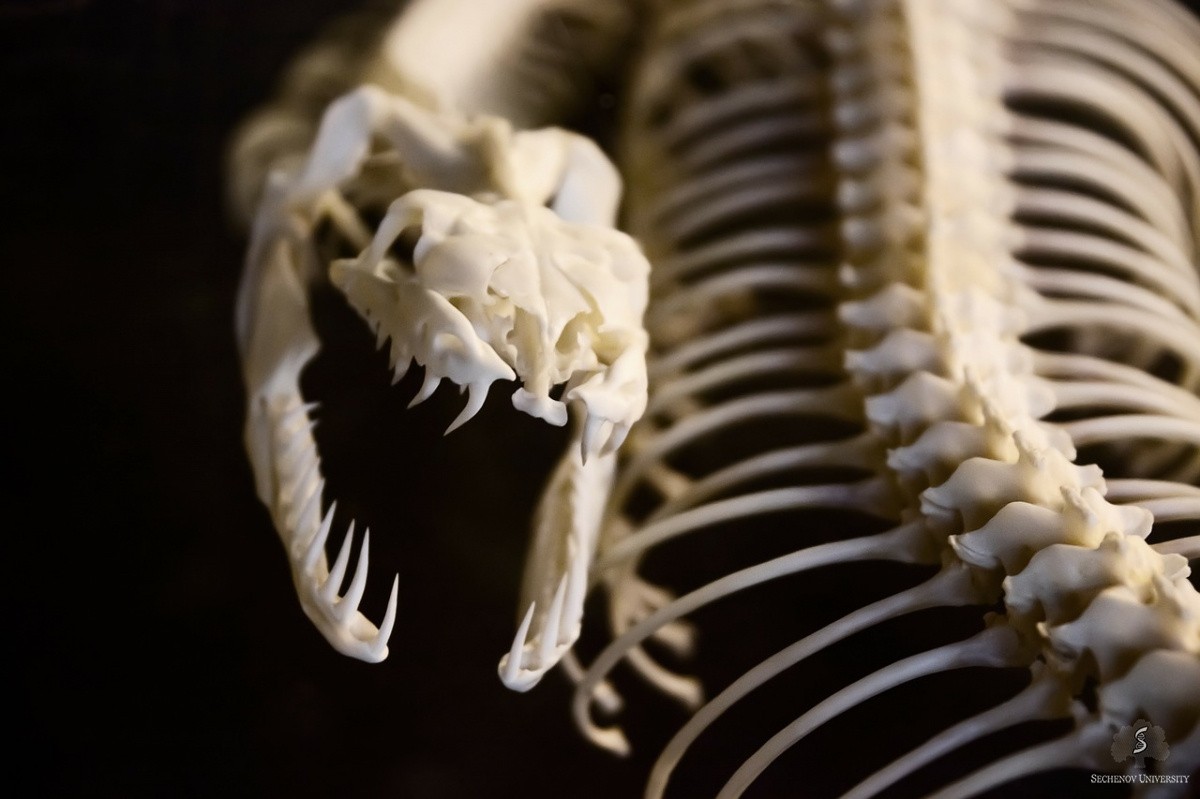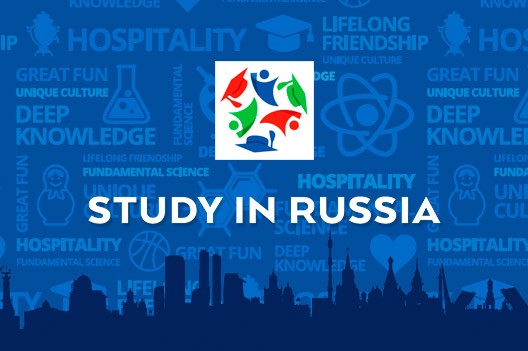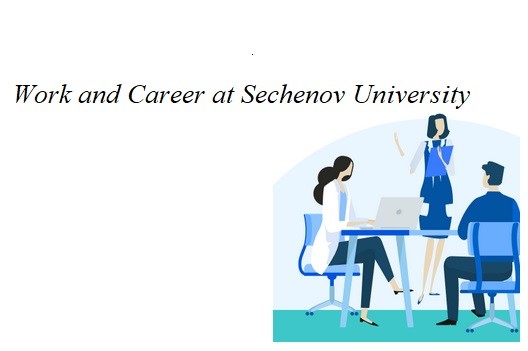-
About University
- Mission & Brand Strategy
- University Leadership
- Rector's Welcome
- History
- Regulatory Documents
- Contacts
- Staff
- International Recruitment
- Partners
Applicants- Why Sechenov University
- Degree Programmes in English
- Preparatory Courses
- Non-Degree Programmes
- Transfer from other Institutions
14.12.2020Cartilage-bone structure in humans needed for proper growth

Some animals including humans have a structure that holds together the long bones, but it separates into distinct entities later in the development. The new study by Sechenov University in collaboration with leading research organisations from across the world answers the question why it is important for land animals and what implications it has for youth sports.
No matter how much we seem to know about human biology and evolution, there are still many open questions that may have critical importance for clinical medicine. Development of bones and cartilage tissues is the area where scientists are constantly trying to explore new ideas. In humans and many other mammals, two important anatomical entities — the growth plate and articular cartilage — exist as a single structure at the early developmental stages but separate later, and the cause of this separation is unknown. At the same time, the understanding of this process could be exceptionally important, for example, for providing evidence-based recommendations for children’s sports or surgical interventions. An international team of researchers from across the globe, including Sechenov University, has tried to uncover the evolutionary path of the growth plate structure. The results have been published in the journal eLife.
The mammalian skeleton is held together with articular cartilage which covers the ends of the long bones. The specialised cells found in the cartilage tissue — chondrocytes that produce and maintain collagen matrix — form tiny discs called growth plates; they are located near the ends of the long bones. Upon cell proliferation, the chondrocytes are folded onto each other, forming a ‘scaffold’ for the endochondral bone formation.
Humans, as well as mice, rats, and rabbits (common laboratory models), have a structure which keeps the growth plate and the articular cartilage apart. This framework, called an epiphysis, is produced early in the postnatal period from the secondary ossification centre (SOC). However, water animals usually do not have this feature.
The researchers used a wide range of techniques, such as synchrotron scanning, 3D modelling, X-ray microtomography, immunofluorescent imaging, atomic force microscopy, and evaluation of mechanical parameters (bone density, deformation, stiffness, stress, strain, Young’s modulus). The experiments involved mice and rats, whose bone and cartilage tissues were used.
The comparative analysis performed in the study has shown that historically, vertebrate animals which lived in the water did not need a specialised growth plate. However, when life spread to land, starting with reptiles, the skeleton obviously had to be stronger to carry the body weight and to be able to grow. Skeleton growth through endochondral ossification is a very old process in evolution, dating to approximately 400 million years ago. It is based on hypertrophic chondrocytes — these cells can expand 15–20 times. Hypertrophic chondrocytes are very soft (literally), as was demonstrated by atomic force microscopy, and very sensitive to mechanical load.
The ‘usual’ growth mechanism is not suitable for land animals because the body mass puts too much pressure on the structure, causing cell death and growth inhibition. Some animals, including all mammals and humans, have circumvented this problem by separating the cartilage (with hypertrophic chondrocytes) from the bone surface via an additional structure, the SOC. It covers the growth plate and protects it from the mechanical load. Terrestrial mammals have successfully used this strategy to grow the skeleton, but whales, for example, have been losing this ability in evolution.
‘We didn’t know why the secondary ossification centre was present in some animals (humans, mice) but not in others. It’s a complex structure and there must be a reason for its existence’, said Andrei Chagin, Group Leader at the Institute for Regenerative Medicine (Sechenov University) and the Karolinska Institute (Sweden), who is the corresponding author of the study. ‘To understand this, we have analysed a wide range of animals — extinct and extant — including dinosaurs, whales, bats, mice, rats, and birds. The growth plate appears to be very susceptible to mechanical load and needs protection, and the SOC serves this purpose in terrestrial animals. In terms of contemporary clinical practice, it means that children shouldn’t do a lot of jumping, weight carrying, and gymnastics. They maintain the growth plate until the age of 15–18, and mechanical load may lead to aberrant growth and development’.
This major study contains contributions from a number of research organisations from across the world — the Institute for Regenerative Medicine (Sechenov University), Karolinska Institute (Sweden), Schmalhausen Institute of Zoology (Ukraine), Uppsala University (Sweden), Karolinska University Hospital (Sweden), Semenov Institute of Chemical Physics (Russia), Research Centre of Crystallography and Photonics (Russia), University of California San Diego (US), Harvard Medical School (US), University of Vienna (Austria), Medical University of Vienna (Austria), KTH Royal Institute of Technology (Sweden), European Synchrotron Radiation Facility (France), Lomonosov Moscow State University (Russia), and Sorbonne University (France).
Photo credit: Pixabay 20758
Embed on website
Cartilage-bone structure in humans needed for proper growth

Some animals including humans have a structure that holds together the long bones, but it separates into distinct entities later in the development. The new study by Sechenov University in collaboration with leading research organisations from across the world answers the question why it is important for land animals and what implications it has for youth sports.
No matter how much we seem to know about human biology and evolution, there are still many open questions that may have critical importance for clinical medicine. Development of bones and cartilage tissues is the area where scientists are constantly trying to explore new ideas. In humans and many other mammals, two important anatomical entities — the growth plate and articular cartilage — exist as a single structure at the early developmental stages but separate later, and the cause of this separation is unknown. At the same time, the understanding of this process could be exceptionally important, for example, for providing evidence-based recommendations for children’s sports or surgical interventions. An international team of researchers from across the globe, including Sechenov University, has tried to uncover the evolutionary path of the growth plate structure. The results have been published in the journal eLife.
The mammalian skeleton is held together with articular cartilage which covers the ends of the long bones. The specialised cells found in the cartilage tissue — chondrocytes that produce and maintain collagen matrix — form tiny discs called growth plates; they are located near the ends of the long bones. Upon cell proliferation, the chondrocytes are folded onto each other, forming a ‘scaffold’ for the endochondral bone formation.
Humans, as well as mice, rats, and rabbits (common laboratory models), have a structure which keeps the growth plate and the articular cartilage apart. This framework, called an epiphysis, is produced early in the postnatal period from the secondary ossification centre (SOC). However, water animals usually do not have this feature.
The researchers used a wide range of techniques, such as synchrotron scanning, 3D modelling, X-ray microtomography, immunofluorescent imaging, atomic force microscopy, and evaluation of mechanical parameters (bone density, deformation, stiffness, stress, strain, Young’s modulus). The experiments involved mice and rats, whose bone and cartilage tissues were used.
The comparative analysis performed in the study has shown that historically, vertebrate animals which lived in the water did not need a specialised growth plate. However, when life spread to land, starting with reptiles, the skeleton obviously had to be stronger to carry the body weight and to be able to grow. Skeleton growth through endochondral ossification is a very old process in evolution, dating to approximately 400 million years ago. It is based on hypertrophic chondrocytes — these cells can expand 15–20 times. Hypertrophic chondrocytes are very soft (literally), as was demonstrated by atomic force microscopy, and very sensitive to mechanical load.
The ‘usual’ growth mechanism is not suitable for land animals because the body mass puts too much pressure on the structure, causing cell death and growth inhibition. Some animals, including all mammals and humans, have circumvented this problem by separating the cartilage (with hypertrophic chondrocytes) from the bone surface via an additional structure, the SOC. It covers the growth plate and protects it from the mechanical load. Terrestrial mammals have successfully used this strategy to grow the skeleton, but whales, for example, have been losing this ability in evolution.
‘We didn’t know why the secondary ossification centre was present in some animals (humans, mice) but not in others. It’s a complex structure and there must be a reason for its existence’, said Andrei Chagin, Group Leader at the Institute for Regenerative Medicine (Sechenov University) and the Karolinska Institute (Sweden), who is the corresponding author of the study. ‘To understand this, we have analysed a wide range of animals — extinct and extant — including dinosaurs, whales, bats, mice, rats, and birds. The growth plate appears to be very susceptible to mechanical load and needs protection, and the SOC serves this purpose in terrestrial animals. In terms of contemporary clinical practice, it means that children shouldn’t do a lot of jumping, weight carrying, and gymnastics. They maintain the growth plate until the age of 15–18, and mechanical load may lead to aberrant growth and development’.
This major study contains contributions from a number of research organisations from across the world — the Institute for Regenerative Medicine (Sechenov University), Karolinska Institute (Sweden), Schmalhausen Institute of Zoology (Ukraine), Uppsala University (Sweden), Karolinska University Hospital (Sweden), Semenov Institute of Chemical Physics (Russia), Research Centre of Crystallography and Photonics (Russia), University of California San Diego (US), Harvard Medical School (US), University of Vienna (Austria), Medical University of Vienna (Austria), KTH Royal Institute of Technology (Sweden), European Synchrotron Radiation Facility (France), Lomonosov Moscow State University (Russia), and Sorbonne University (France).
Photo credit: Pixabay 20758



